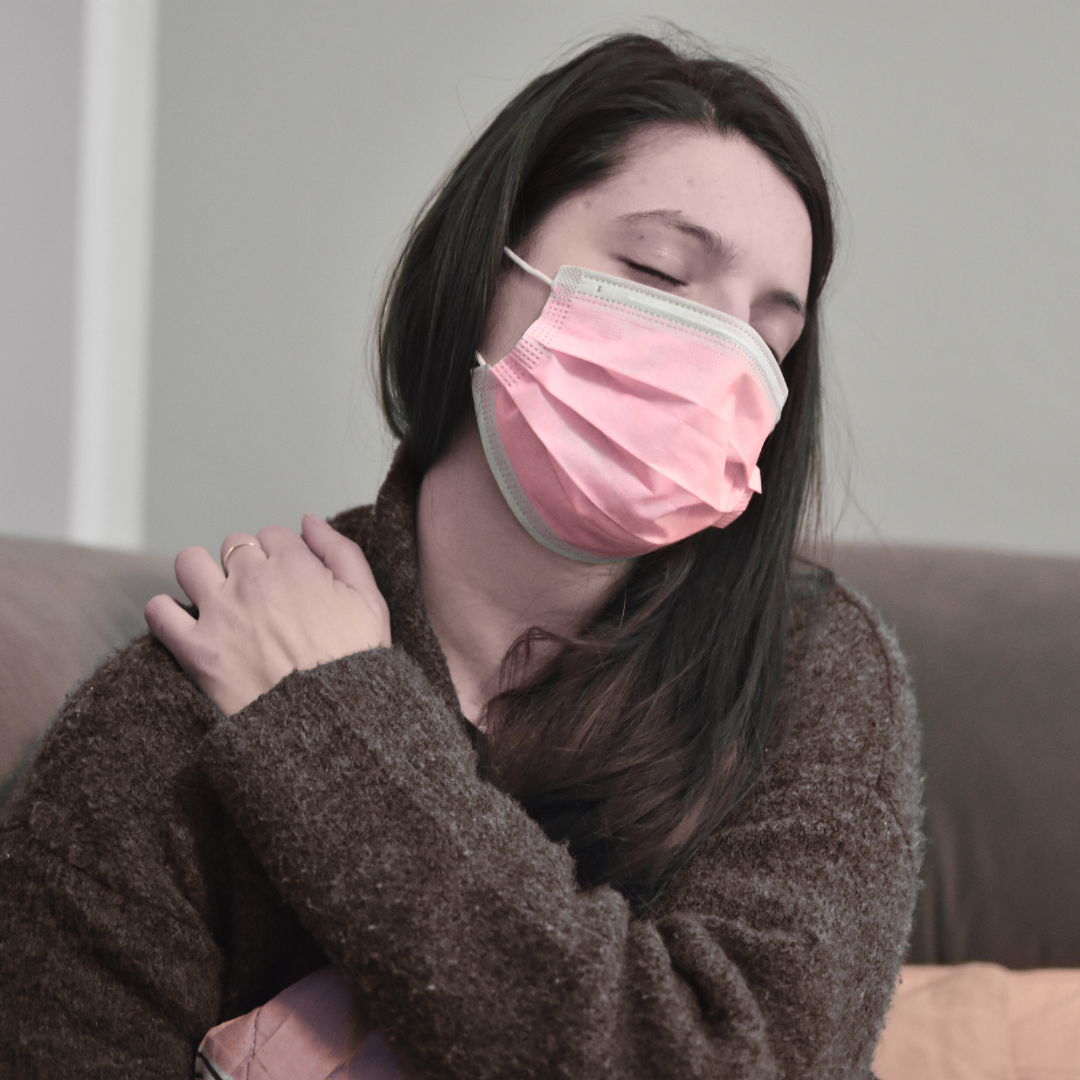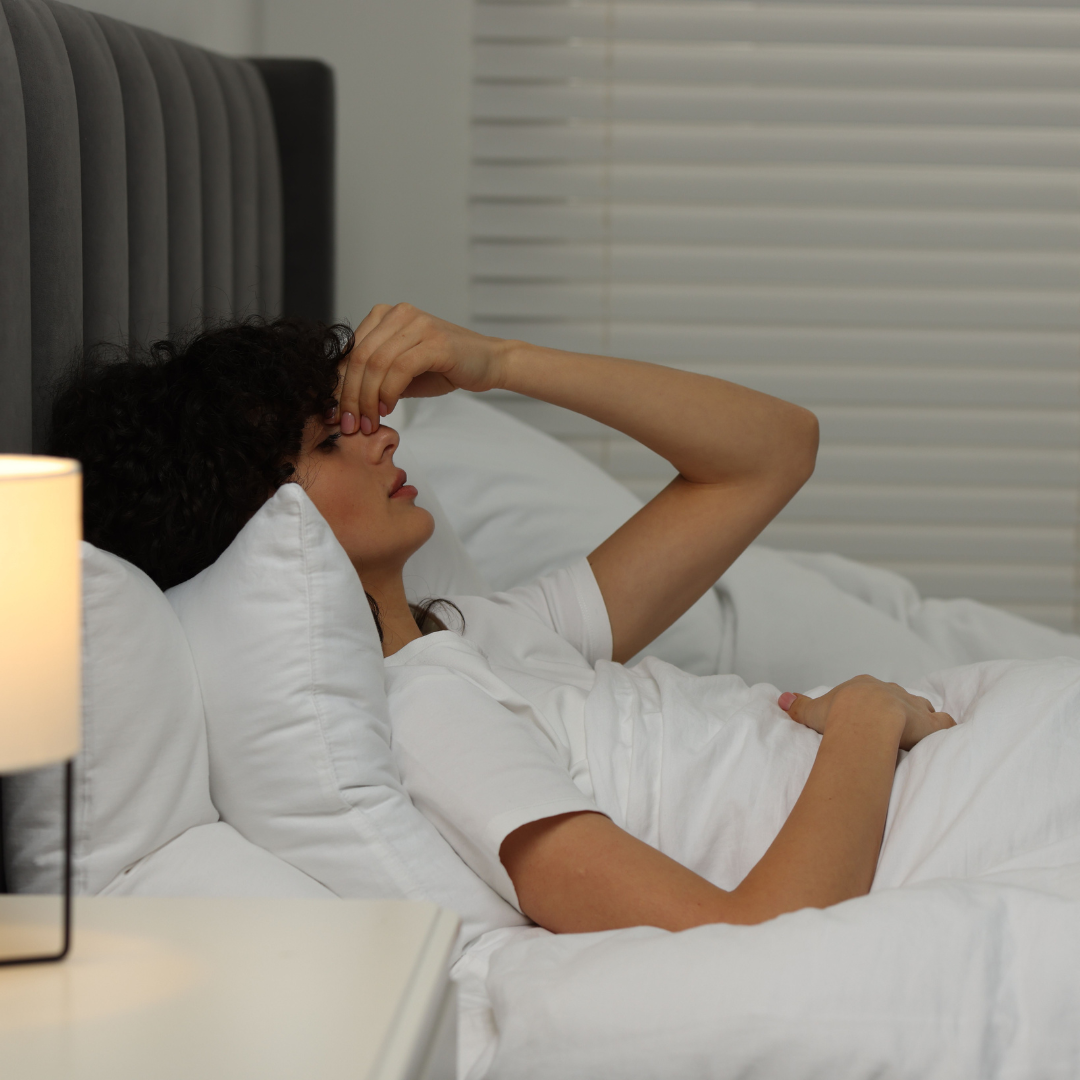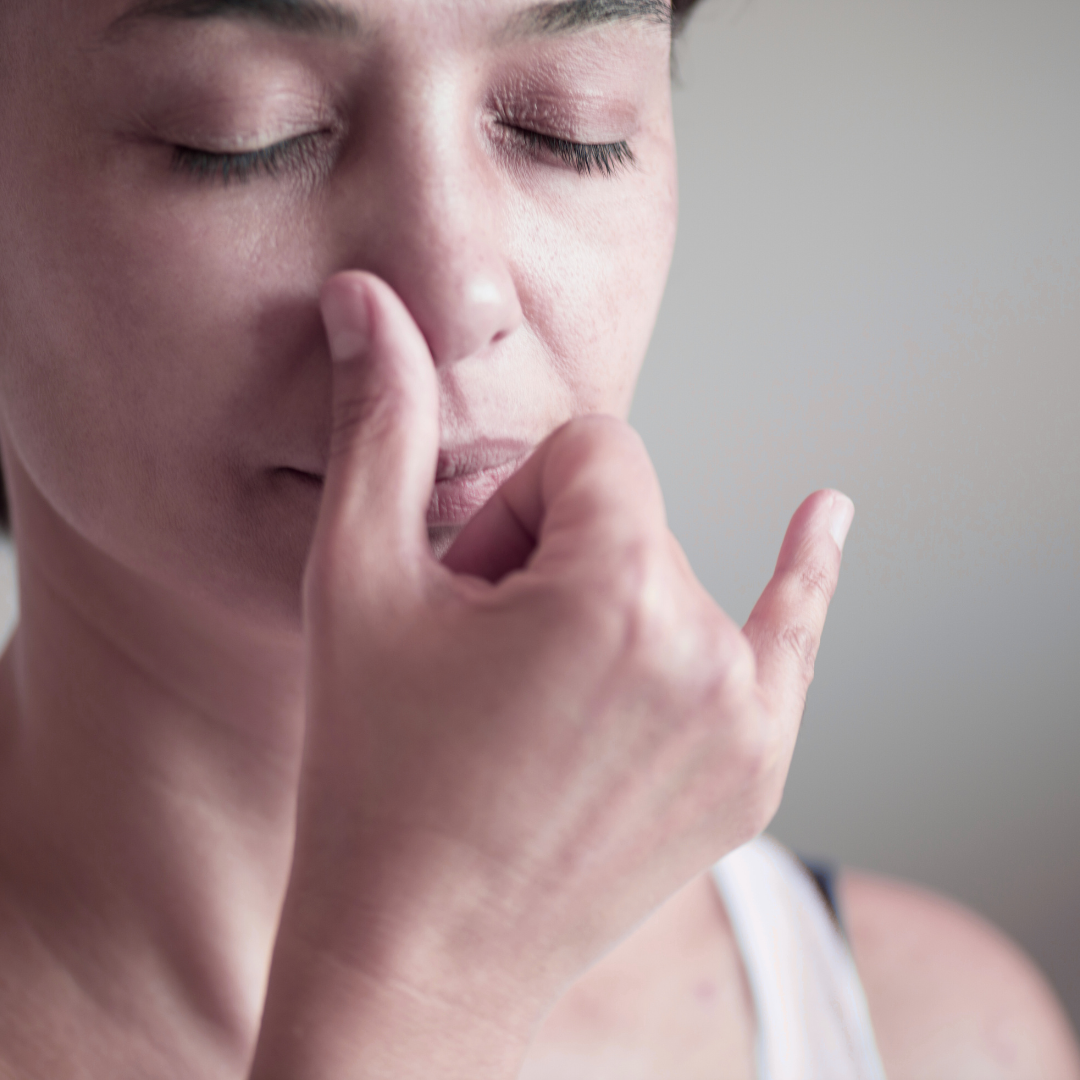7 Functional Medicine Tools That Helped Me Heal from Chronic Fatigue
Mitochondrial dysfunction and HPA axis dysregulation are two of the most common root causes of chronic fatigue, yet they’re often missed on standard lab work.
For years, I woke up exhausted no matter how much I slept. My brain felt foggy by mid-morning, my body ached after doing almost nothing, and even simple tasks felt like climbing uphill. Doctors told me my labs looked normal and suggested more rest, but rest never helped. I wasn’t just tired. I was dealing with something deeper: chronic fatigue.
It wasn’t until I began exploring functional medicine that things started to shift. Instead of chasing symptoms, I started looking at how my body’s systems were functioning, especially my stress response, energy production, and adrenal health. Functional medicine gave me language for what I was experiencing and tools that actually moved the needle.
In this post, I’m sharing seven functional medicine tools that helped me begin to heal from chronic fatigue. These are the tools I still come back to when I feel depleted. They’re gentle, accessible, and supportive of your whole system, especially your adrenals.
1. Ashwagandha + Rhodiola with Holy Basil That Supported Adrenals
In chronic fatigue, the body’s HPA axis (hypothalamic-pituitary-adrenal axis) often runs in high gear before crashing into depletion. Daytime HPA became one of the most grounding formulas in my recovery, offering gentle, plant-based support for a stress system that had been running on empty for years.
Unlike formulas that rely on a single adaptogen, Daytime HPA combines a thoughtful blend of Siberian Rhodiola, Ashwagandha, Holy Basil, Schisandra, and fresh milky oats, each known in functional medicine for supporting the body’s stress response without overstimulation. Research on Rhodiola rosea has shown it can lower the cortisol awakening response and improve cognitive stamina in people experiencing burnout. Ashwagandha, one of the most studied adaptogens, is widely recognized for its ability to reduce cortisol and support mood, energy, and sleep rhythms. Meanwhile, Holy Basil and Schisandra offer calming nervine properties that support both emotional resilience and adrenal steadiness.
What made this formula different for me was its synergy—instead of targeting just cortisol, it supported the full spectrum of my stress response: focus, calm, blood sugar stability, and emotional bandwidth. Within three weeks, I noticed less morning tension, steadier mid-afternoon energy, and fewer emotional “crashes” in response to minor stressors. That internal jitteriness softened into a grounded sense of presence, like my nervous system had more capacity to respond instead of react.
Whether you're navigating chronic fatigue, burnout, or just feeling wired and tired, Daytime HPA offers one of the most well-rounded adaptogenic blends I’ve used in practice and in my personal healing. It's not a quick fix, but it’s one of the most dependable daily tools I still reach for when I need nervous system nourishment and steady adrenal support.
2. Electrolyte + B‑Vitamin Powder for Steady Adrenal Support & Hydration
A steady supply of electrolytes, especially sodium, potassium, magnesium, and B6, can be a game-changer for anyone navigating chronic fatigue or POTS. These minerals support blood volume, fluid balance, and adrenal stability, which are often depleted in those dealing with low blood pressure, dizziness, or energy crashes. In particular, Vitamin B6 plays a vital role in energy metabolism and nervous system function, while magnesium and potassium support healthy muscle contraction, hydration, and electrolyte signaling.
Klean Electrolytes offers these nutrients in a clean, capsule-based formula that’s NSF Certified for Sport, making it ideal not only for athletes, but also for anyone experiencing stress-related fatigue or orthostatic intolerance. Each serving provides targeted support without added sugars, artificial ingredients, or allergens, making it easy to integrate into even the most sensitive healing protocols.
Personally, taking one capsule each morning helped reduce my “wired but tired” mid-morning crashes. I felt more alert, upright energy returned, and I noticed a significant reduction in the heaviness and dizziness I often felt after standing or walking for long periods. Over time, this foundational support became a core part of my adrenal recovery routine, offering a steady, reliable way to stay hydrated and nourished, even on low-energy days.
Whether you’re rebuilding from burnout or managing chronic fatigue, Klean Electrolytes offers a minimalist, functional medicine–aligned option for gentle hydration and nervous system stability.
“These tools didn’t fix everything overnight, but they gave me something I hadn’t felt in a long time: steady energy, deeper sleep, and a sense of trust in my body again.”
3. Blue Light Screen Filter + Evening Habits That Helped Reset My Sleep and Adrenal Rhythm
When I was deep in chronic fatigue, I started noticing that even small things, like late-night screen use, made my sleep feel disrupted and shallow. My cortisol rhythm was off, and every little input seemed to matter. It wasn’t just that my eyes were overstimulated, it was that the blue light was delaying melatonin release and sending wake-up signals to my adrenal system long after I needed rest.
Instead of relying on blue light–blocking glasses (which I often forgot to wear), I installed a Blue Light Screen Filter on my computer monitor. I also installed a similar filter on my cellphone. It was a simple shift, but it made a noticeable difference. Studies show that reducing evening blue light exposure can support healthier melatonin production and lead to earlier, more restorative sleep, even in those with disrupted circadian rhythms or elevated nighttime cortisol. One study even found that reducing blue light in the evening improved next-day alertness and sleep quality in shift workers and fatigued populations.
Within a few nights of using the screen filter, especially when paired with a consistent evening wind-down, I noticed I was falling asleep about 30 minutes earlier and waking with less cortisol-induced tension in my chest. I also added in a gentle “device curfew” after 8 pm, and used the 20‑20‑20 rule: every 20 minutes, I looked at something 20 feet away for 20 seconds to reduce sensory strain.
It wasn’t a drastic overhaul, but this combination of reducing blue light at the source and building in intentional nighttime boundaries became one of the most supportive tools for protecting my sleep, calming my adrenals, and feeling a little more like myself again.
4. Gut‑Healing Probiotic Combo That Eased My Fatigue and insomnia
A targeted gut-brain supplement combining Bifidobacterium longum 1714™, lemon balm extract, and L‑theanine functions as one of my most reliable functional medicine tools for chronic fatigue AND insomnia. ME/CFS patients often show a consistent reduction in gut microbial diversity and altered microbiome structure, linked in research to chronic inflammation, cognitive fatigue, and impaired energy.
The gut‑brain axis communicates bidirectionally with the HPA axis—via vagal nerve signaling and immune mediators—so repairing gut balance is a strategic adrenal support lever. In human trials, B. longum 1714™ lowered morning cortisol and stress scores while enhancing memory recall. Lemon balm and L‑theanine promote calming neurotransmitter activity, helping reduce rumination, insomnia, and tension that often accompany fatigue recovery.
Within four weeks of adding this probiotic–postbiotic routine, my once inevitable 2 pm crash disappeared, and that mid‑morning fog cleared. Energy became more sustained through lunch, and that shift alone felt like a reset for adrenal rhythm and mental clarity.
5. Full-Body Red Light Mat That Helped Rebuild My Energy and Mitochondrial Function
“Mitochondrial fatigue” is one of the most defining, yet often overlooked, root causes in chronic fatigue and ME/CFS. When your cells struggle to make energy (ATP), it doesn’t matter how much you rest—you still wake up exhausted. Supporting mitochondrial resilience became a turning point in my recovery, and one of the most impactful tools I found was at-home red and near-infrared light therapy.
I started using it in the evenings for about 15 minutes a day, usually while reading or winding down before bed. Compared to smaller handheld devices I’d tried before, this mat covered my whole body and felt noticeably more effective. It uses a blend of red and near-infrared light to gently support deep tissue healing and cellular energy, especially in areas that feel tense, sore, or sluggish.
The truth is, when you’re dealing with long-term exhaustion, your body’s energy systems are often running on empty. Red light therapy is a natural way to recharge your cells and support the parts of your body that create energy in the first place, without overstimulation or side effects.
Within the first week, I noticed my sleep felt deeper, my mornings felt a little lighter, and the heaviness in my muscles started to ease. It wasn’t a dramatic change overnight, but more like a quiet, steady shift. I felt like I was finally giving my body the kind of support it had been craving.
This mat is soft, easy to clean, and big enough to lay on fully, or fold and target smaller areas like your back or legs. On days when I feel particularly drained, it’s one of the simplest ways I reconnect with my body, restore some calm, and nudge my energy back into balance, gently and naturally.
“Chronic fatigue requires you to restore the systems that create energy in the body. This includes your mitochondria and HPA-Axis”
6. A Breathwork Device That Helped Calm My Nervous System and Support Adrenal Recovery
Of all the tools I’ve used in my healing journey, the Moonbird breathwork device was one of the simplest, and most surprisingly powerful.
It’s a small, handheld tool that gently expands and contracts in your palm, guiding you through slow, calming breathing without needing to think about timing or technique. It helped me slow my breath to a safe, natural rhythm, around six breaths per minute, which research shows can calm the stress response, support adrenal health, and improve sleep quality.
When I first started using it, I was feeling wired, overwhelmed, and completely spent. But even after just a few sessions, I began to notice small shifts: less mental noise before bed, fewer racing thoughts upon waking, and a softening of that constant inner pressure to “push through.” It felt like a reset button for my nervous system, something I could actually feel working, without having to push or perform.
Now, I reach for Moonbird when I feel overstimulated, anxious, or on the edge of a crash. I’ll sit quietly for 5–10 minutes, holding it in both hands while it guides my breath. The physical cue helps me stay grounded, especially on days when my body feels disconnected or floaty.
It’s not flashy. But this little device gave me something I hadn’t felt in a long time, a way to calm myself that didn’t cost energy I didn’t have.
7. Rescue Remedy Flower Blend That Offered Calming Support on High-Stress Days
One of the simplest tools I reached for during high-stress days was Rescue Remedy, a gentle blend of five Bach flower essences, Rock Rose, Impatiens, Clematis, Star of Bethlehem, and Cherry Plum. Traditionally used for moments of emotional overwhelm or acute distress, this formula became a quiet anchor in my nervous system healing toolkit. While flower remedies don’t always show strong effects in low-stress groups, studies have found that Rescue Remedy may help lower heart rate and ease situational anxiety during periods of acute stress. For me, it made a noticeable difference. On days when my body felt stuck in a cortisol spike, jittery, wired, and unable to settle, I’d take a few drops before an evening meeting or transition. Within minutes, my chest would soften, my thoughts would slow, and I could finally feel a shift toward rest instead of running on fumes. It wasn’t a fix-all, but it became a simple, consistent ritual, offering just enough calm to help me reconnect with my body and move through the rest of the day without crashing.
If you’re feeling stuck in the cycle of exhaustion, brain fog, and survival mode, these seven tools helped me begin to shift out of it—and they may offer supportive clues for your own journey.
Further Reading:
A systematic review of mitochondrial abnormalities in ME/CFS patients
Photobiomodulation reduces fatigue and improves quality of life
These links may be affiliate links. I only share products I personally use and trust. I may earn a small commission at no cost to you if you make a purchase through them.



















































